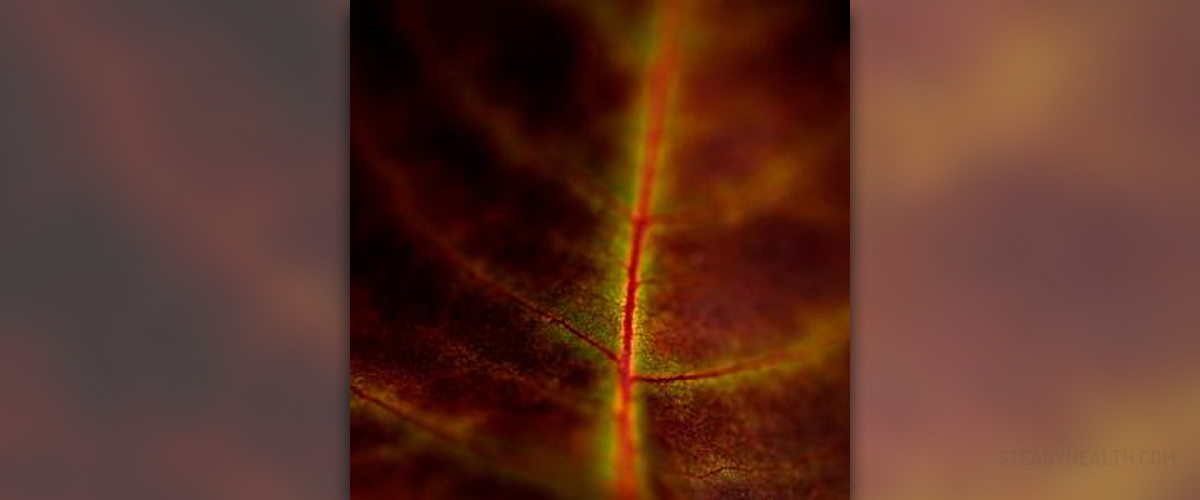
The blood needs to be pumped back to the heart, which is done by the veins, and when this cannot be done by veins located in the legs, the problem we are talking about in this text is present. The name of this condition is the chronic venous insufficiency. The blood is responsible for sending purified and oxygenated blood throughout the body, but this blood needs to return to the heart so that it can be purified again. Venous pump is the name for the process involving the return of the blood to the heart. The leg muscles squeeze the veins located in the feet and legs when we stand upright. Gravity force is overcome by this. The blood needs to be sent to the blood and this is done by the veins. The leg muscles relax when the blood is not pumping and if this is not done, the blood would be flowing in the legs. The chronic venous insufficiency is a problem that can be caused by several factors and we will talk about them in the following text.
Causes
The pressure of the venous blood can be a result of lengthy standing or sitting. The pressure can cause the vein to become stretched and weaker, which can lead to the damage of the valves of the veins. Also, the problem may be caused by the higher leg veins blood pressure. The condition called deep vein thrombosis, which is a blood clot located in the deep veins, and defectives caused by birth can cause the chronic venous insufficiency. Those who smoke and are overweight have increased chances of developing the problem.
Symptoms and Treatment
The most common problems are calves tightness and ankle swelling. Also, restless, tired and heavy legs are symptoms of the chronic venous insufficiency. There are some visible troubles, such as ulcers on the leg's lower area, sores, rash, redness and blue/twisted/bulging veins, which can be detected. Squeezing the leg veins can be done by the use of compression stockings and this is one of the most common items used for the treatment. The stocking may even need to be worn the whole life. In some cases, sclerotherapy is done, which requires an injection inserted in the bloodstream. Vein stenting, angioplasty, valve repair, bypass repair, vein stripping and ablation are included in the surgery, which is the treatment method used as a last resort. Once you visit the doctor, there are ways in which the problem can be diagnosed. Most usually duplex ultrasound test and venogram are used.




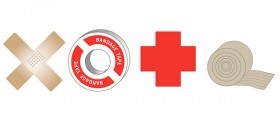
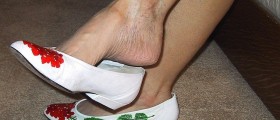

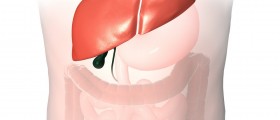

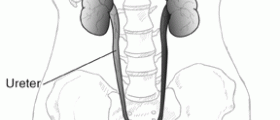
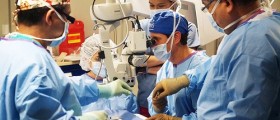





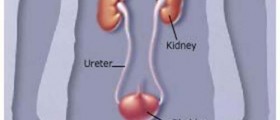
Your thoughts on this
Loading...